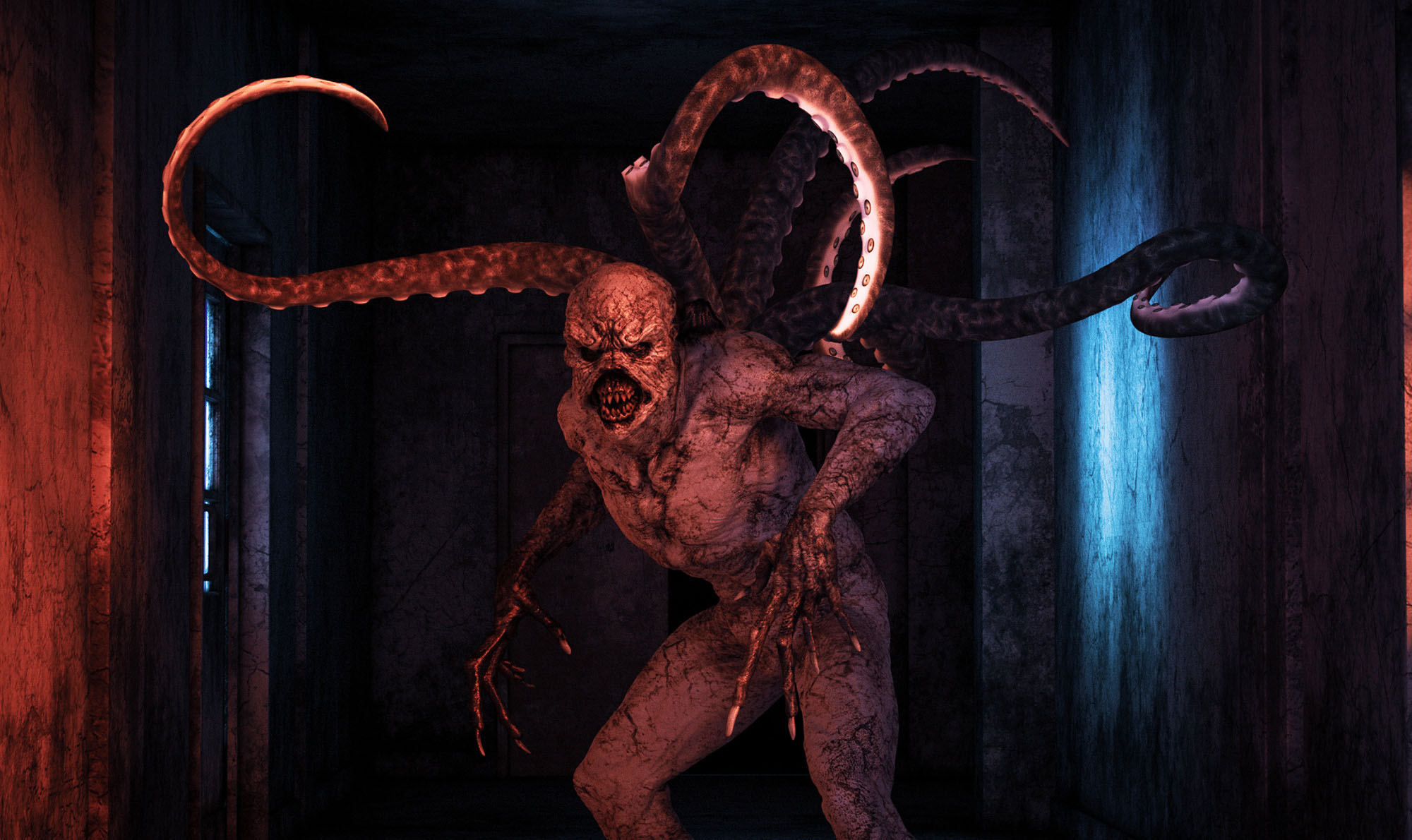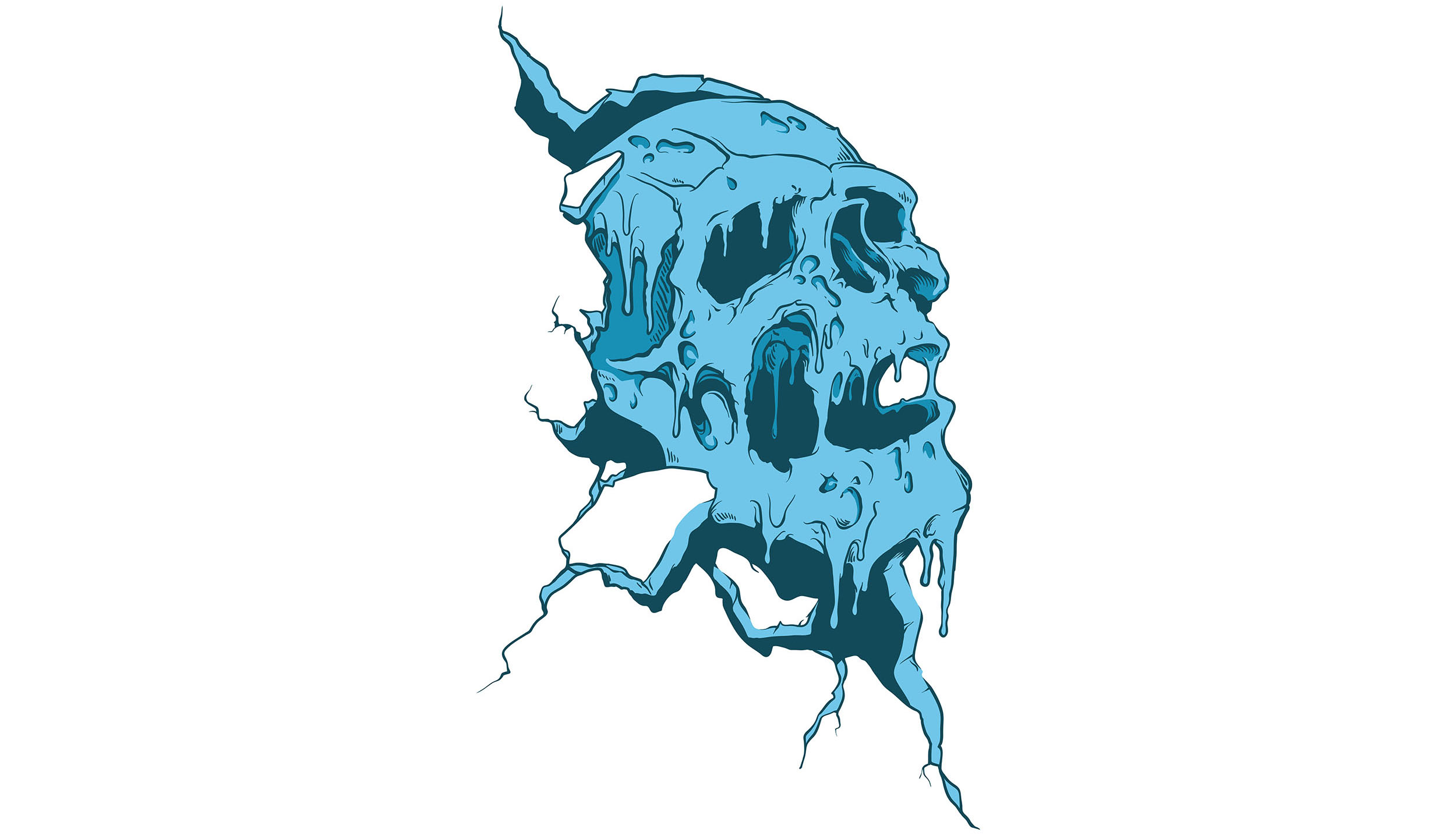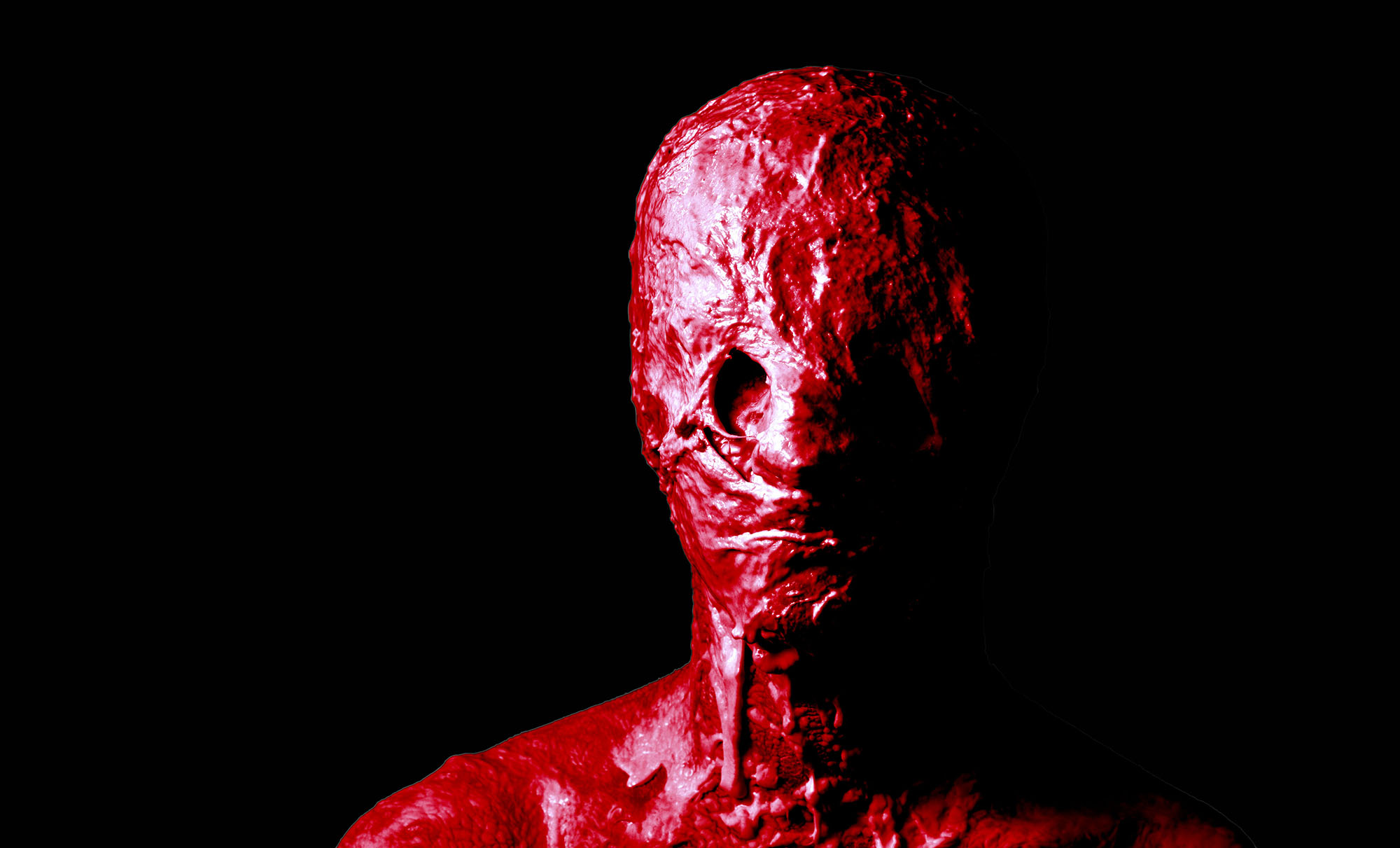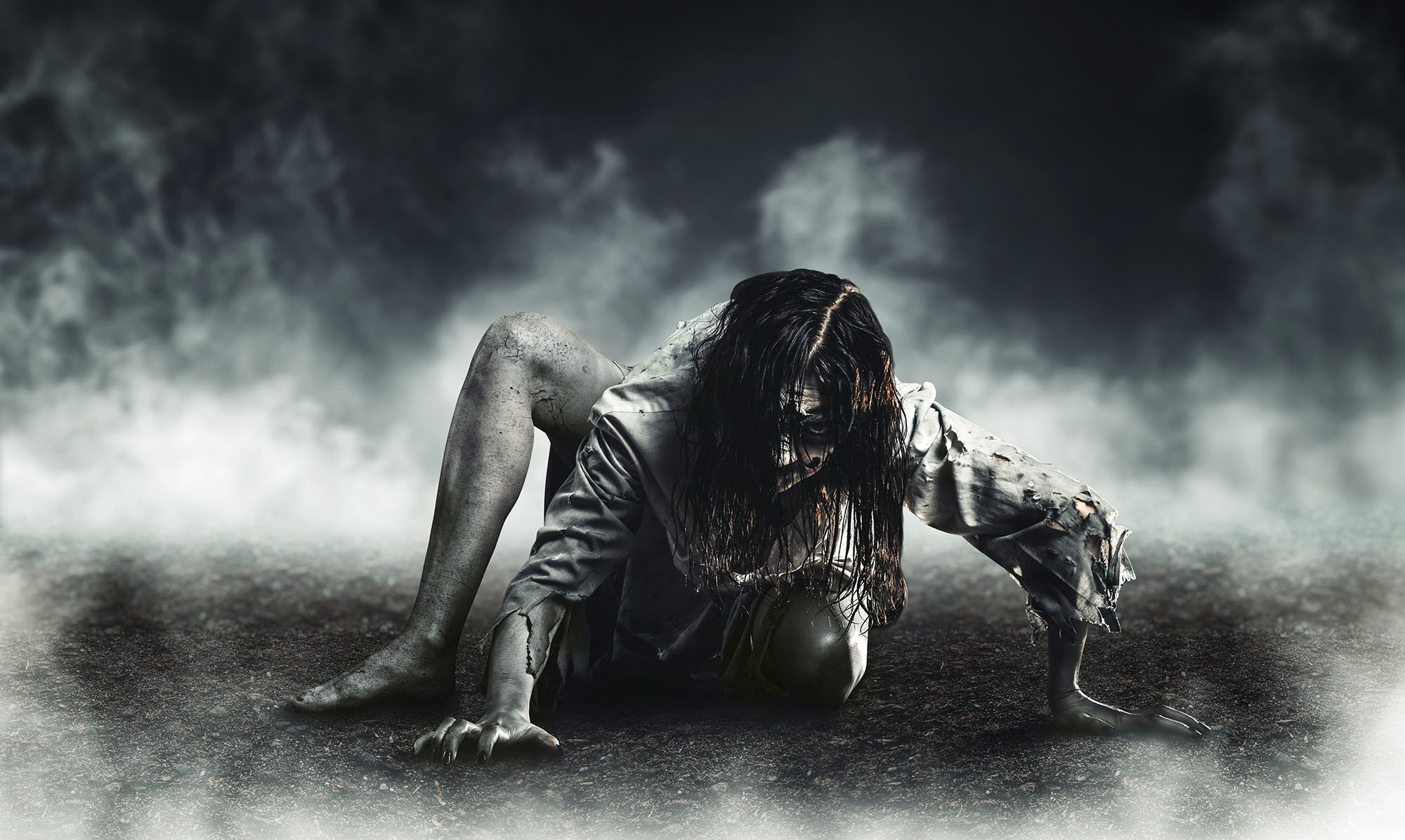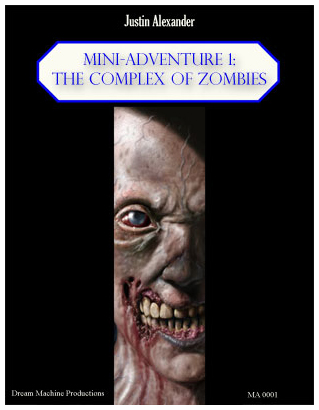These creatures exist somewhere between parasitism and symbiosis. A writhing mass of thick tentacles, capable of great, undulating speed when independent, but vastly preferring to attach itself to the back of another creature.
Writhing Partners. Once attached to another creature, the tentacular demands compliance through the simple expedience of strangling its host if attempts to remove or threaten the tentacular in any way. The tentacular draws it sustenance from the blood of its host (and is otherwise incapable of feeding), but will also aid its host by defending it and helping it to gather food (usually through butchery and murder on a grand scale). Elves speak in hushed whispers of deer with blood-stained maws and squirming black masses on their backs.
Corpse Riders. If the host of a tentacular dies, some of its tentacles will vanish into the corpse and puppeteer. This state of affairs can last for several days until the rotten meat can no longer by forced into a facsimile of life. Such horrific creatures are often mistaken for undead.
Spawning Tentaculum. A tentacular reproduces by abruptly sprouting a multitude of small tentacles in a process known to scholars as “budding.” After tripling or quadrupling its number of tentacles, the tentacular will abruptly fission, “shedding” individual tentacles until it has split apart entirely. The individual tentacles seek new hosts, at which point the tentacles will sprout additional tentacles as it grows into an adult tentacular.
TENTACULAR
Small aberration, neutral evil
Armor Class 15
Hit Points 75 (20d6)
Speed 30 ft.
STR 12 (+1), DEX 15 (+2), CON 11 (+0), INT 3 (-4), WIS 10 (+0), CHA 5 (-3)
Skills Stealth +5
Senses passive Perception 10
Challenge 5 (1,800 XP)
Proficiency Bonus +3
Parasite. If not attached to a host, the tentacular must succeed at a DC 10 Constitution saving throw once per day or suffer one level of exhaustion, which cannot be removed until it attaches to a host. When the tentacular is attached to a host, the host must succeed on a DC 13 Constitution saving throw once per day or suffer one level of exhaustion, which cannot be removed as long the tentacular remains attached.
ACTIONS.
Multiattack. The tentacular makes four tentacle attacks.
Tentacles. Melee Weapon Attack: +6 to hit, reach 10 ft., one target. Hit: 8 (2d6+1) bludgeoning damage. If the target is a creature, it is grappled (escape DC 15). Until this grapple ends, the target is restrained, and the tentacular can’t use its tentacles on another target.
Strangle. The tentacular forces a creature it is grappling to make a DC 15 Constitution saving throw or begin choking. Once a creature is choking, it can survive a number of rounds equal to its Constitution modifier (minimum 1 round). At the start of its next turn, it drops to 0 hit points and is dying, and it can’t regain hit points or be stabilized until it can breathe again. The creature can attempt the save again each round on its turn, with a success indicating that it has managed to get some air (and is no longer choking).
Attach. Melee Weapon Attack: +6 to hit, reach 5 ft., one grappled target. Hit: 8 (2d6+1) necrotic damage and the tentacular attaches to the target. While attached, the tentacular can’t make Attach attacks. The tentacular can detach itself by spending 5 feet of its movement. As an action, a creature within reach of the tentacular can try to detach it, doing so with a successful DC 17 Strength check. (The attached victim has disadvantage on this check.)

